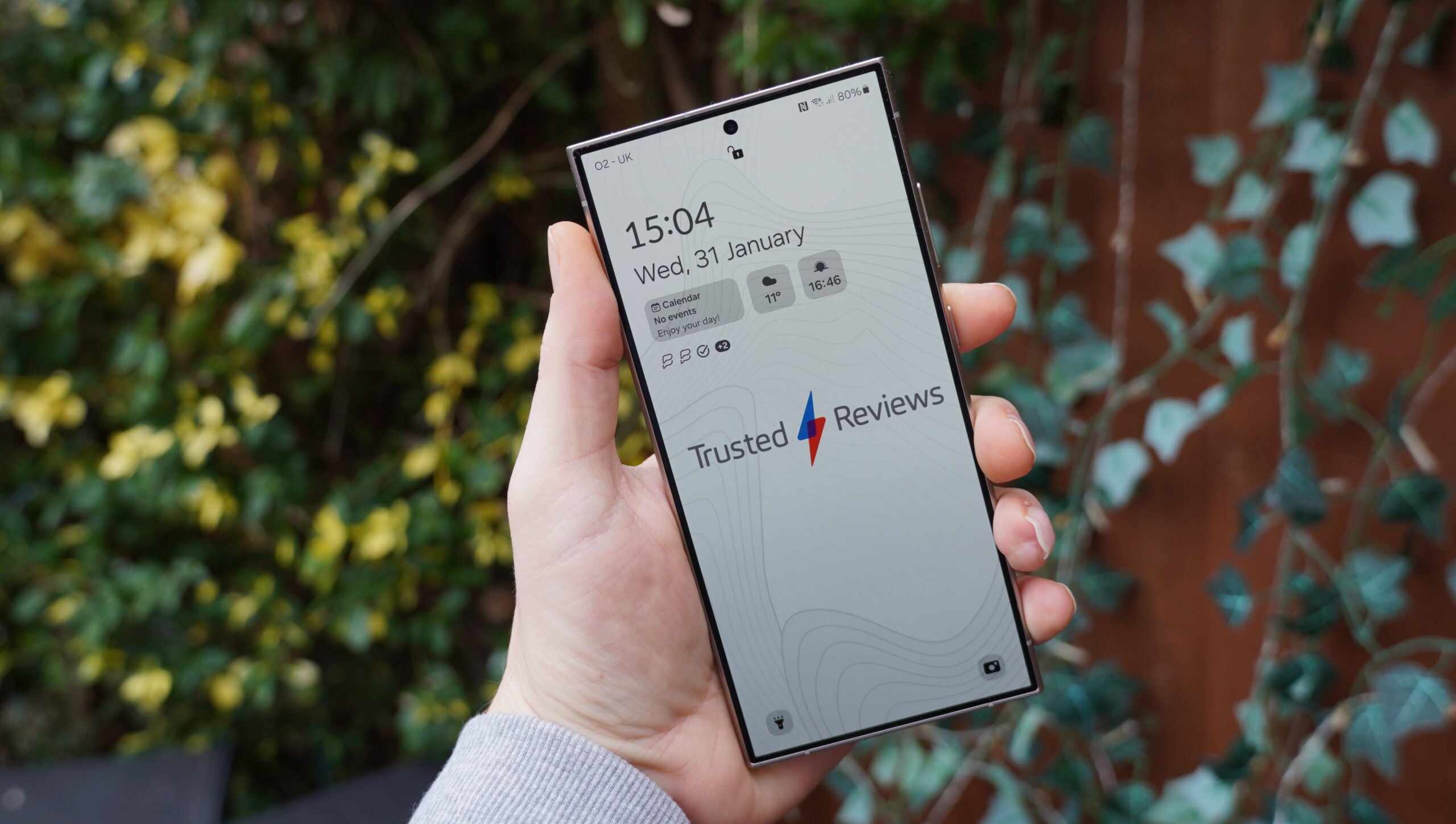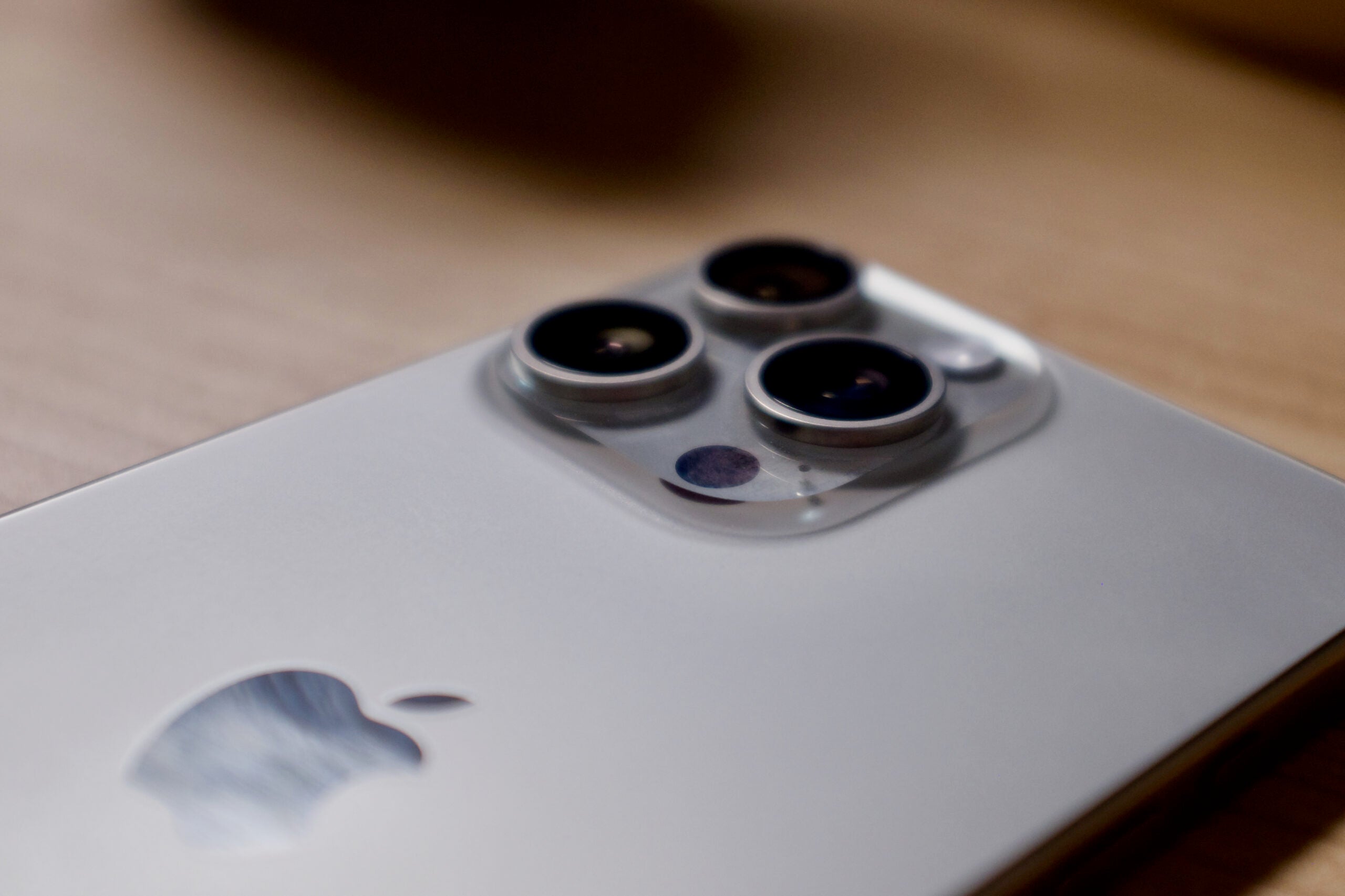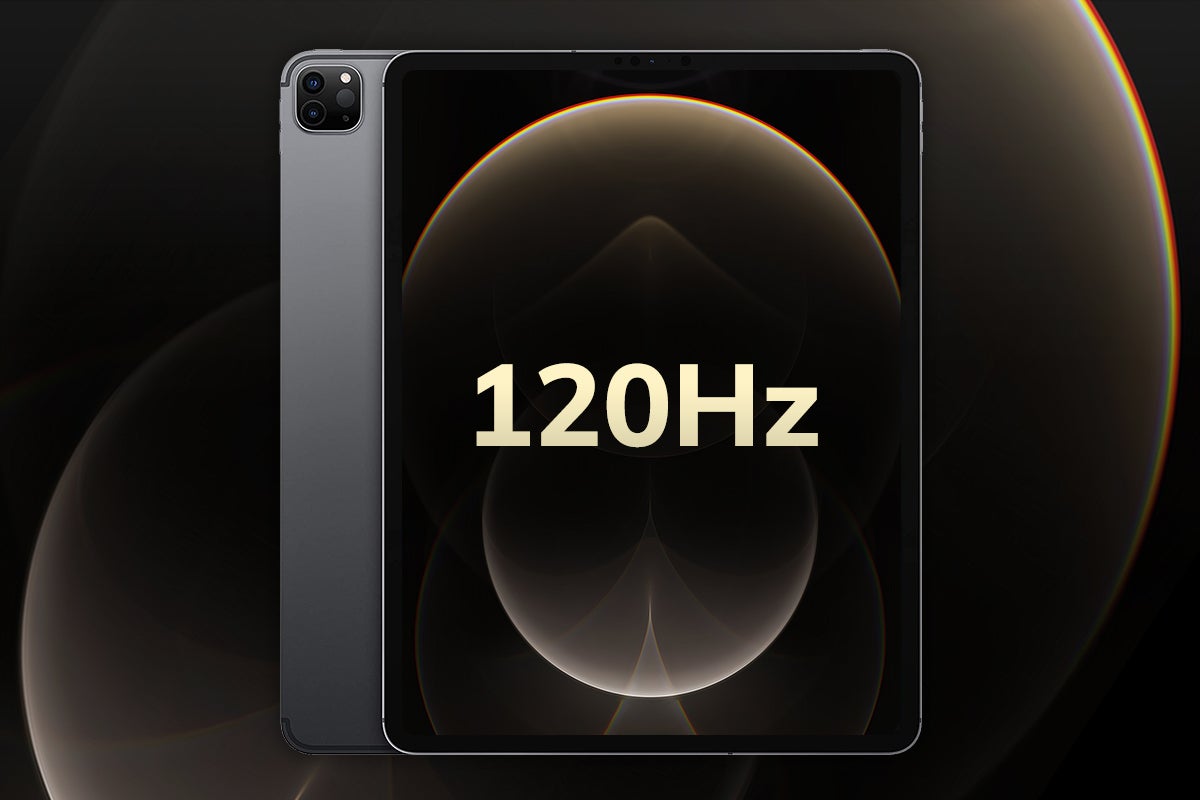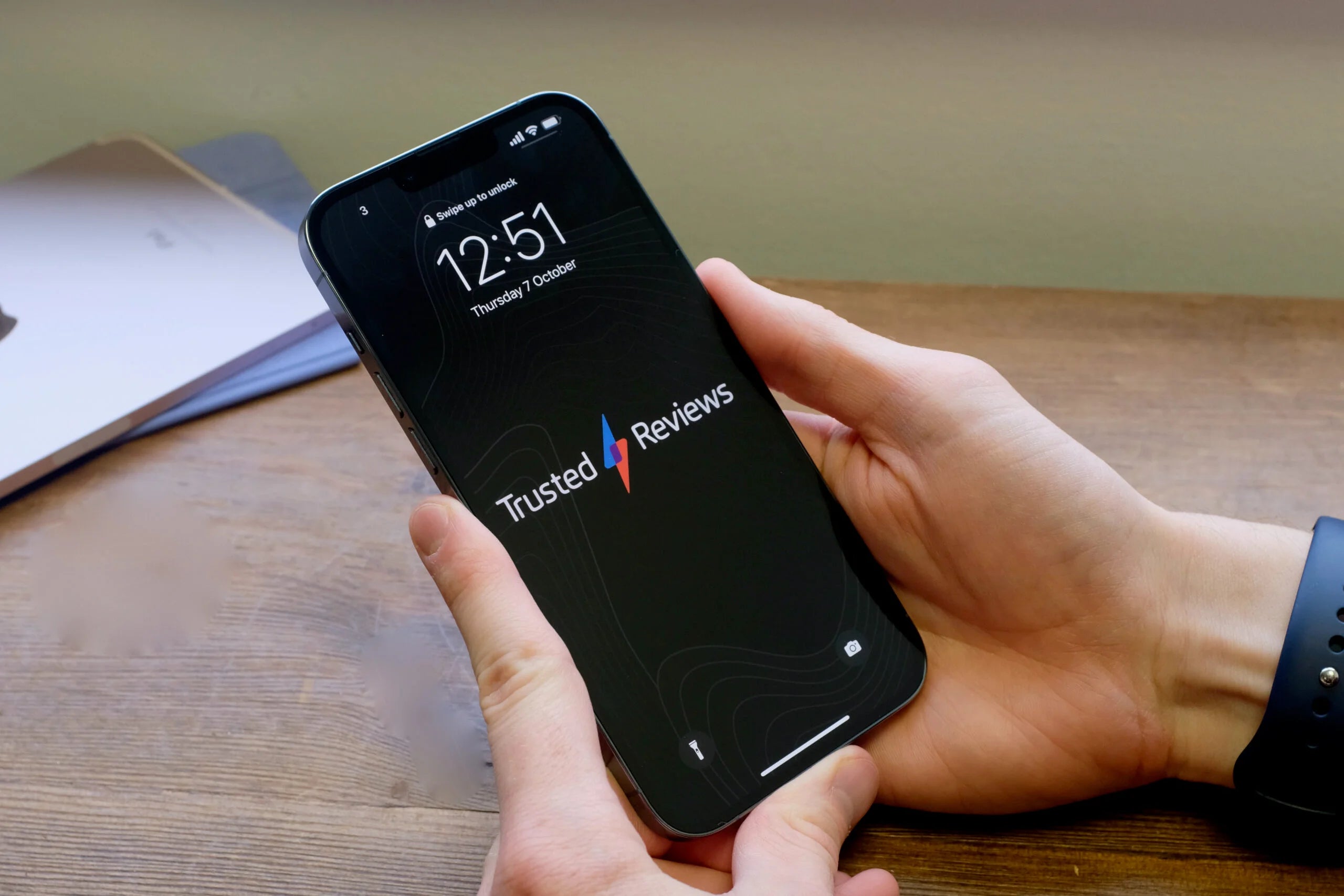What is AMOLED? The smartphone screen technology explained

If you’re in the market for a new smartphone, and one that costs more than a few hundred quid in particular, you’ve likely heard the term AMOLED – but what exactly does it mean, and should you care about it when on the hunt for a new phone?
The short answer is yes; AMOLED display tech is particularly impressive on smartphones, with AMOLED, OLED and other variants of the screen tech pretty much utilised exclusively at the top-end of the smartphone market.
Some manufacturers, like Samsung, take things a step further with the likes of Dynamic AMOLED 2X screen tech, but most of these are simply marketing terms to bring different screen tech under one umbrella. That said, while we won’t be focusing on that too much here, we do explain what Dynamic AMOLED 2X and Super AMOLED 2X screens are separately if you are interested.
What is an AMOLED display?
In its simplest form, AMOLED is a type of OLED screen technology that stands for Active Matrix Organic Light Emitting Diode.
The main difference between AMOLED and OLED is that AMOLED screens sport thin strips of thin-film-transistors behind the OLED pixels. These strips allow AMOLED screens to move the electrical current faster than OLED alternatives to achieve faster refresh rates that help the screen feel smoother and more responsive.
Essentially, if your smartphone has a high refresh rate, chances are it’ll be using an AMOLED panel, not an OLED panel. AMOLED (and OLED) panels also have the benefit of being able to control individual pixels, which means that black pixels are essentially powered down to not only provide darker, deeper blacks than LCD panels but to provide better battery efficiency and, as a result, battery life.
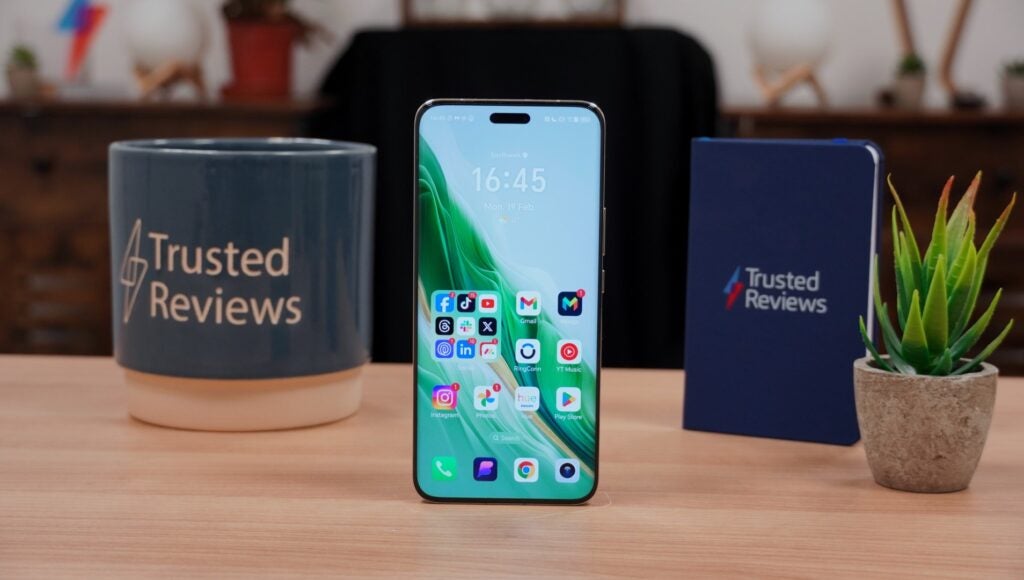
That also makes AMOLED screens much better for HDR playback as dark areas of videos can look even darker than with regular displays, with manufacturers often pairing these high-end displays with capable HDR codecs like HDR10+ and Dolby Vision to take advantage of the tech and make supported content look as good as it possibly can.
AMOLED panels are often more vivid and colourful than LCD alternatives, but this can differ between manufacturers. The good news is that most smartphone makers let you customise the tint and vibrancy of your phone screen, so if it is a little too much, you can tone it down to suit your tastes better.
As noted earlier, brands like Samsung like to confuse consumers with marketing terms like Dynamic AMOLED 2X, but that essentially means that the AMOLED screen can refresh dynamically thanks to the use of LTPO technology – the underlying AMOLED screen tech is the same.



